

Did you know that how you breathe matters? When it comes to giving birth, a Hong Kong midwife offers advice that will have you breathing easier when the time comes.
Breathing. We do it all day, every day without a conscious thought about doing so. Our breathing patterns change when exercising, when we’re excited, worried or anxious and even when we’re tired. Many of us may not know that the way we breathe can have a huge positive impact on the way we manage challenging situations, labour and birth being some of them.
Since the start of the global pandemic, mothers and fathers-to-be continue to ride the rollercoaster of what to expect when the time comes to give birth. Currently, birthing partners are sadly not allowed to be in the delivery room due to the current COVID-19 restrictions. This situation might see some parents spiral into a panic as their best-laid birth plans fall to the wayside. While it may not be as you thought it would you can still focus on a positive birth and breathing can be a huge part of that.
Read more: Pregnancy And Birth During COVID-19 In Hong Kong: Baby’s First Year
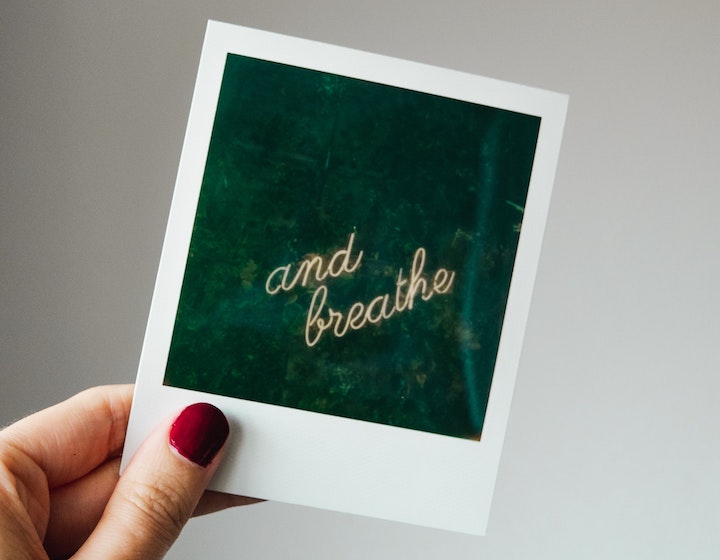

How Breathing Affects Our Stress Levels (And Vice Versa)
When our bodies experience some form of stress, be it emotional or physical, our natural response is often to either hyperventilate (rapid breathing) or to hold our breath. Both of these can upset the healthy balance of oxygen and carbon dioxide in our systems, often resulting in increased stress, fear and discomfort. (Read more about mental health and stress here.)
The good news is that you don’t need to be an expert in meditation to enjoy the benefits of simple breathing practices during pregnancy and labour. Deep breathing, or “belly breathing”, is a practice that helps to maximise airflow in and out of your body. Breathing in this way can result in the release of muscular tension, feelings of relaxation and a reduction of stress and anxiety levels. Exactly what you need as you start to labour. With both your uterus and cervix being muscles, studies have shown that this relaxation can also help to reduce pain levels by relieving tension in not only these crucial areas but throughout your body.
Deep breathing also triggers the release of endorphins, also known as the body’s natural pain killer. Endorphins react with receptors in our brain that reduce our perception of pain as well as promoting feelings of positivity and calm. All of which can have a huge impact on your overall well-being during labour and delivery.
Read more: Your Guide To Meditation And Mindfulness In Hong Kong


How Can You Practise Birth Breathing?
A great starting point for practising mindful and deep breathing is the “sigh out slowly” technique. You can try this alone, or with your birthing partner.
![]()
![]()
![]()
![]()
Most antenatal classes in Hong Kong will focus on breathing techniques for labour and your midwife will also be able to guide you. Annerley offers a Birth Breathing and Relaxation class, as does Calm Hong Kong, that you can take in addition to other antenatal classes.
Read more: Top Antenatal Classes In Hong Kong To Get You Ready For Labour
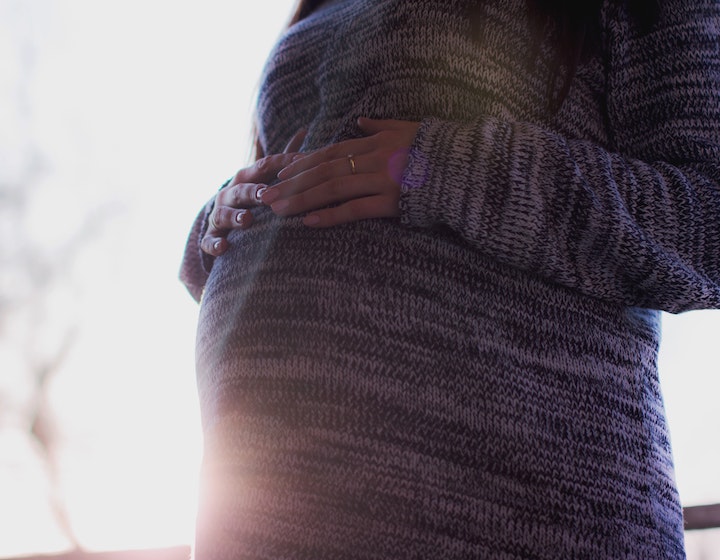

What Is Hypnobirthing?
For those of you wanting to delve into the world of breathing as a natural form of labour pain relief a little further, then hypnobirthing practices would be a great option to explore.
Hypnobirthing incorporates the use of breathing techniques, visualisation and affirmations with the aim of promoting deep relaxation to allow the natural processes of labour to progress without resistance from our mind or body.
As well as deep breathing exercises, you will be encouraged to practice visualisation which involves you imagining the birth of your baby and how you would like this to happen, or the type of feelings you’d like to experience. Think of it almost as a rehearsal for your mind. The deeply relaxed, almost meditative, state that hypnobirthing can promote, aims to allow you to concentrate on your body and baby while tuning out any noise or activity going on around you.
Hypnobirthing can be used on its own or in conjunction with other non-medicated or medicated forms of pain relief. There are many options for in-person and online classes and it’s advised to begin a course at least three months before your due date, to allow plenty of time for you and your birth partner to practice and familiarise yourselves with the techniques.
If you’re looking for classes in Hong Kong, there are two common, globally affiliated hypnobirthing courses:
- The Calm Birth Method, offered by Calm Hong Kong,
- The Marie Mongan, taught by Renewed Edge.
Read more: HypnoBirthing: Everything You Need To Know About This Method of Delivery
Breathe Deep Mama, You’ve Got This
It’s important to note that, while the use of deep breathing techniques and hypnobirthing can help to facilitate natural childbirth, it does not mean that unexpected things may not happen during your labour or delivery. A birth free of medical intervention or complication cannot, unfortunately, be guaranteed. However, learning to maximise calm and relaxation through breathing can help, very importantly, to make you feel more in control should your labour path change course.
Read more: Your Ultimate Guide To Postnatal Recovery In Hong Kong
Editor’s note: This article was originally published in May 2021 by Rosie Adams and updated in February 2022.
 View All
View All
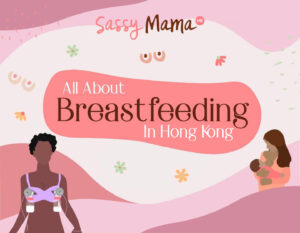

 View All
View All

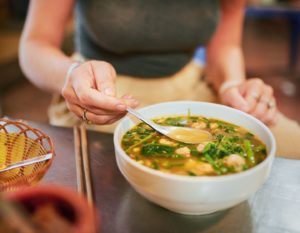
 View All
View All
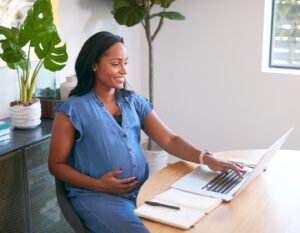
 View All
View All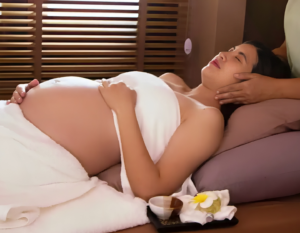


 View All
View All











